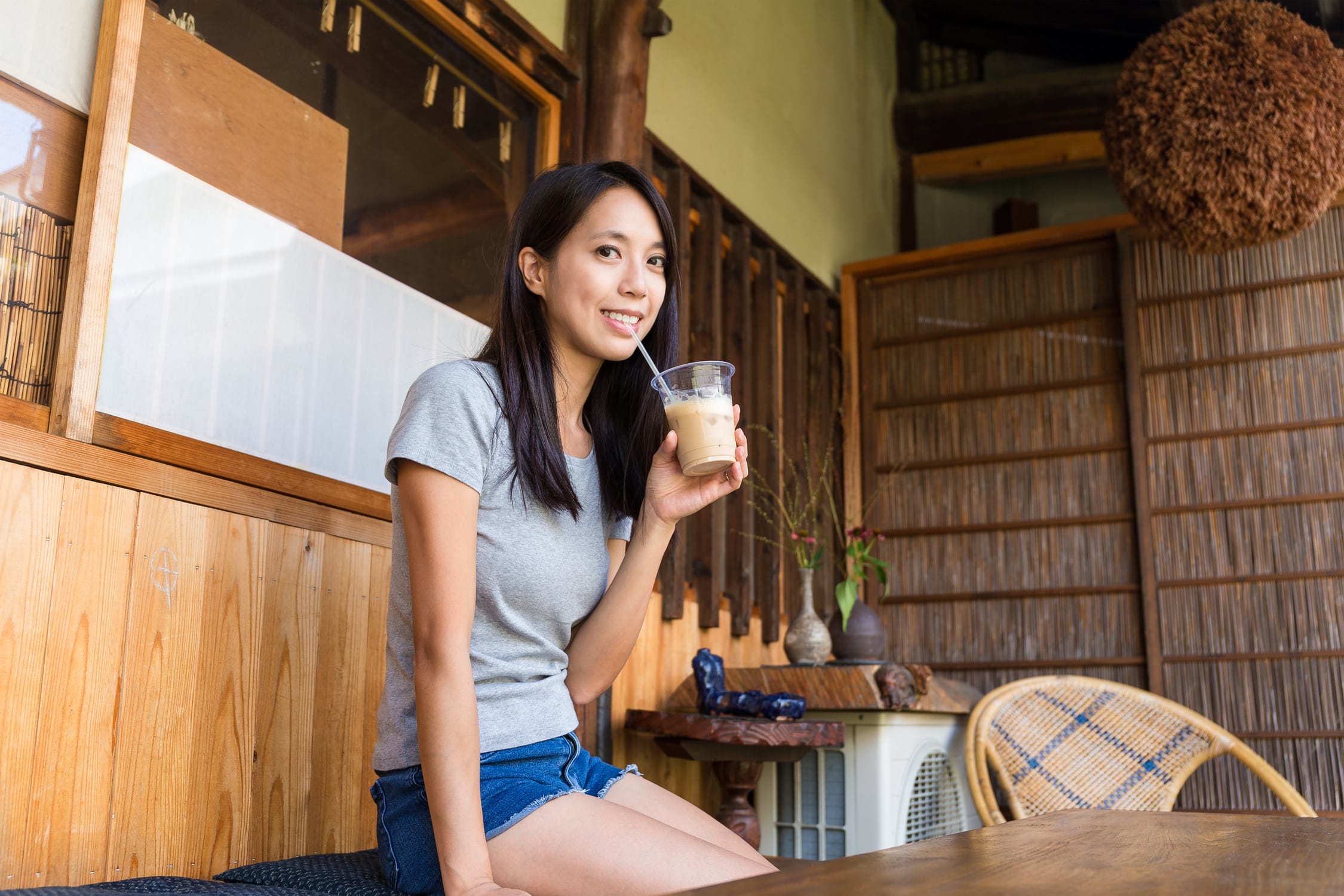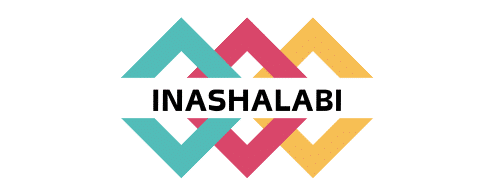What’s the Effect of Altitude Mask Training on Lung Capacity for Mixed Martial Artists?

The world of fitness is ever-evolving, and with it comes a plethora of new methods intended to enhance performance, test strength and endurance, and push the boundaries of human potential. One such method that has gained popularity across various sports is altitude mask training. These masks aim to simulate the conditions of high-altitude training, offering the promise of improved lung capacity and oxygen efficiency. But what’s the real effect of these masks on mixed martial artists? Is there concrete evidence that supports the claims made by manufacturers and proponents of this training tool?
Unmasking Altitude Training
Before delving into the effects of altitude masks, it’s essential to understand the concept behind altitude training and how it relates to sports performance. High altitude training has been a staple among athletes for decades, a technique typically employed by endurance athletes to enhance their oxygen usage efficiency.
En parallèle : How Can Athletes Benefit from Virtual Reality Exposure Therapy for Overcoming Fear of Injury?
At high elevations, the air is thinner, meaning there is less oxygen available for breathing. The human body adapts to this lack of oxygen by producing more red blood cells, thereby improving the body’s ability to utilise oxygen. When athletes who have trained at high altitudes return to lower elevations to compete, they can often perform at a higher level due to their increased oxygen efficiency.
Altitude masks, also known as elevation masks, are devices worn over the mouth and nose during exercise. They aim to simulate the conditions of high-altitude training, restricting oxygen intake to induce the same physiological adaptations that occur naturally at high altitudes. However, scholars have raised questions about the effectiveness of these masks, as they don’t change the oxygen content in the air, but rather, they control the amount of air breathed in.
Cela peut vous intéresser : How to Implement Agility Ladder Drills for Improving Footwork in Squash Players?
The Science Behind Altitude Masks and Lung Capacity
Several studies have been conducted on the effects of altitude mask training, with mixed results. While some research indicates potential positive effects on lung capacity and endurance, other studies suggest that these masks may not live up to the hype.
A study by Porcari et al. in 2016, indexed on Google Scholar, found that while the mask did increase the perception of exercise intensity and difficulty, it did not lead to significant changes in VO2 max, a common measure of cardiovascular health and aerobic endurance.
However, other studies have suggested that these masks could have a positive impact on respiratory muscle strength. A study by Warren et al. in 2017 found that training with an elevation mask did lead to an increase in the strength of the respiratory muscles, which could potentially improve performance in sports where breathing efficiency is vital.
Thus, from a scientific perspective, the effects of altitude mask training on lung capacity remain somewhat inconclusive. As such, individual athletes and their coaches should consider their specific needs, goals, and current fitness levels before deciding to incorporate altitude mask training into their routines.
Altitude Masks in Mixed Martial Arts
In the world of mixed martial arts (MMA), athletes need a mix of strength, speed, endurance, and technical skill to be successful. Breathing efficiency and lung capacity can significantly influence an MMA fighter’s performance, especially during long, gruelling matches.
Some MMA fighters have adopted altitude mask training in their routines, believing that these masks can enhance their lung capacity and overall performance. Notably, the restricted airflow from these masks can train the breathing muscles to work harder, potentially resulting in improved strength and endurance.
However, it’s important to note that altitude mask training isn’t a one-size-fits-all solution for improving performance. What works well for one athlete might not necessarily work the same way for another. Therefore, MMA fighters interested in altitude mask training should consult with their coaches and medical professionals to determine if this method is right for them.
The Verdict: Altitude Masks, Placebo, or Performance Enhancer?
With the research split on the effectiveness of altitude masks, it’s challenging to give a definitive answer on their impact on lung capacity and overall performance. While some studies have found increases in respiratory muscle strength, others have found no significant changes in VO2 max, a key indicator of cardiovascular health and endurance.
The perception of exercise intensity may also play a role in the perceived effectiveness of altitude masks. Training with a mask can feel more challenging due to the restricted airflow, potentially leading to a placebo effect where users believe they are getting a more effective workout.
In the end, altitude mask training is a tool that may offer benefits for some athletes in specific contexts, but it’s not a magic bullet for improving lung capacity or overall performance. As with any training tool or technique, it’s crucial to consider the specific needs and goals of each athlete and make decisions based on sound, evidence-based recommendations.
The Practical Implications of Altitude Mask Training
When looking at altitude mask training from a practical standpoint, there are several factors to consider. First, the experience of using a training mask can differ for each martial artist. The sensation of restricted breathing can be uncomfortable or even claustrophobic for some, while others may find it helps to enhance their focus and mental toughness.
Notably, altitude mask training can also increase the perceived exertion during a workout. Essentially, workouts seem harder when you’re wearing a mask, which can either be viewed as a downside or an upside. On one hand, it might mean that an athlete is unable to train at the same intensity level as they would without the mask. However, from a psychological standpoint, this increased perception of effort can also make a regular workout seem easier in comparison, thereby potentially improving mental resilience in high-intensity situations.
A significant aspect to remember here is that training masks do not actually replicate the exact conditions of high altitude. Real altitude training involves exposure to air with lower oxygen levels, which triggers the production of more red blood cells. Elevation masks merely restrict airflow, providing a form of resistance training for the respiratory muscles. As such, they cannot fully reproduce the physiological adaptations that happen at high altitudes.
Practicality aside, the cost of altitude masks can be prohibitive for some athletes. With prices ranging from $30 to over $100, investing in a mask for training isn’t necessarily a minor expense.
Conclusion: Weighing the Pros and Cons of Altitude Mask Training
In reality, the question isn’t whether altitude masks are beneficial or not, but rather to what extent and in what contexts they can be used most effectively. The available research paints an equivocal picture, with studies on Google Scholar showing positive effects on respiratory muscle training, but less impact on measures like VO2 max.
For mixed martial artists, these masks could potentially offer a way to increase the intensity of workouts and to strengthen respiratory muscles. However, they should not be seen as a shortcut to achieving the same benefits as genuine high-altitude training. Achieving significant improvements in lung capacity and cardiorespiratory fitness is a complex process that involves a variety of training methods and techniques.
Furthermore, while some athletes may find value in the mental challenge and increased perceived exertion associated with mask training, it’s not a universal solution for everyone. The decision to use an altitude mask should be made on an individual basis, taking into account factors such as personal comfort, budget, and specific training goals.
In conclusion, altitude masks can be a useful tool for certain athletes, but they aren’t a panacea for improving performance. The key is to approach them with a realistic understanding of their limitations and potential benefits. As with any training regimen, it’s crucial to consult with coaches and healthcare professionals to ensure a safe and effective approach.
